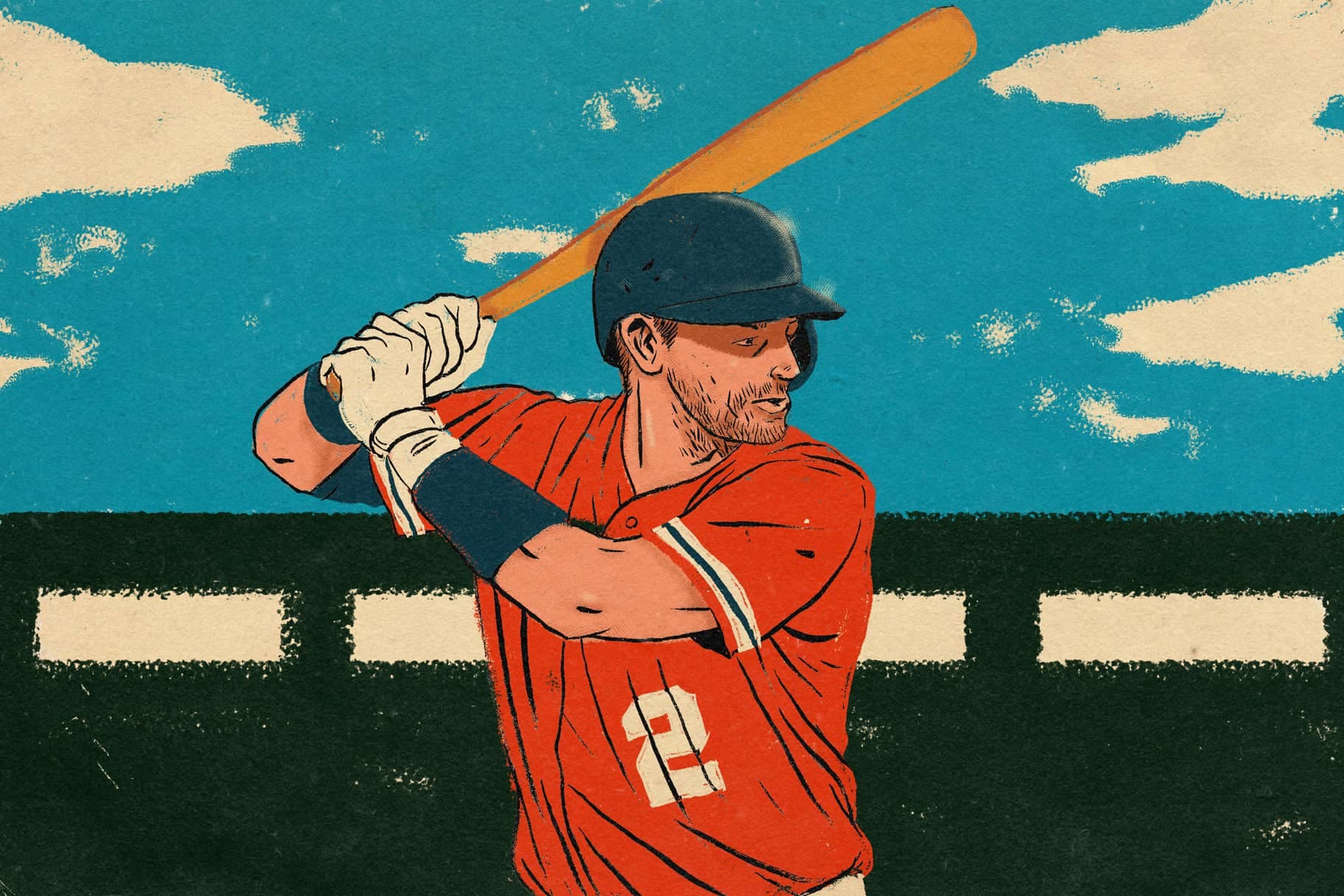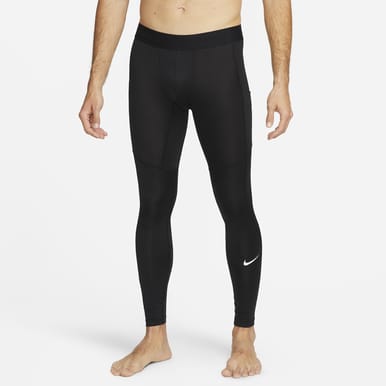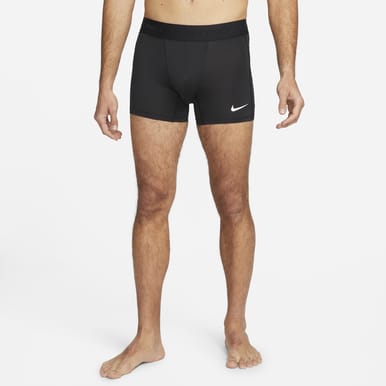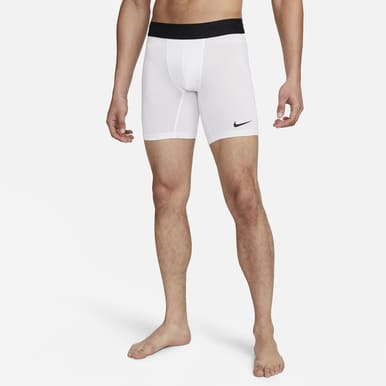All the Positions in Baseball, Explained
Sport & Activity
In this guide to baseball positions, coaches break down each position on the field.

In the simplest terms, the game of baseball involves two teams trading off turns to step up to the plate, hit the baseball and score runs for their team. The game consists of nine innings, each made up of two halves—the top of the inning (first half) and the bottom of the inning (second half).
In each half of an inning, one team gets a turn to bat, while the opposing team on defence places nine players around the baseball diamond and in the outfield. These nine fielding players are working together towards one goal: getting out batters and runners from the other team, which they can do by catching a fly ball after the batter hits it and before it lands, tagging the runner before they can safely make it to a base or striking out a batter.
Each position plays a different role on the field. Below, two baseball coaches from the National Collegiate Athletics Association (NCAA) break down all the positions in baseball.
(Related: A Beginner's Guide to American Football Positions)
Baseball Fielding Positions

1.Pitcher
All baseball plays start with the pitcher. This player stands on a rubber plate in the middle of the pitcher's mound, a round space in the centre of the baseball diamond. From here, the pitcher throws the ball towards home plate, where a batter from the opposing team is in a ready stance, hoping to hit the pitch.
There are several types of pitch the pitcher can throw, including:
- Fastballs, the most basic pitch, are thrown fast and relatively straight.
- Curveballs and sliders use spin to make the ball "break" or curve along its path towards the plate.
- Changeup pitches look like a fastball but come towards the plate at a slower speed.
The pitcher's goal, in general, is to achieve an out against the batter. Pitchers can do this in a number of ways, including:
- Striking out the batter (a strike occurs when a batter swings and misses the ball, fails to swing at the ball when it crosses through the strike zone or hits a foul ball). After three strikes, the batter is out.
- Throwing a pitch that is hit by the batter and then caught (or fielded successfully) by a fellow defending player.
The pitcher can use another tool to their advantage to throw hitters off, said Andrew Stone, assistant baseball coach at Michigan State University. Pitchers can speed up or slow down how long they take to throw each pitch, dictating the rhythm of the game.
"Pitchers might be the only position in any sport where one player controls the pace of the game", he said. Since baseball doesn't have a ticking game clock like football, basketball or American football, the pitcher is the master of time—this player can take extra time between pitches or work quickly, pumping balls into the strike zone before the batter can get comfortable. Changing the pace of the game, Stone said, can help cool off a team that's hitting well or allow the pitcher to keep racking up outs.
(Note: In 2023, US major and minor baseball leagues implemented a pitch clock, which reduces the amount of time a pitcher has to deliver a pitch. Between pitches, the timer is 15 seconds if the bases are empty and 20 seconds if there are runners on base. However, the pitcher can still vary their pitching cadence within this time limit.)
At the beginning of the game, the pitcher who takes the field is called the "starting pitcher". At any point in the game, the team manager can replace the starter with a "relief pitcher". Some relievers are used at the end of games when the score is close. These relief pitchers, who specialise in getting a few batters out, are brought in to "close the door" on the other team's potential comeback. Fittingly, these relief pitchers are called "closers".
Besides pitching the ball, pitchers are also responsible for paying attention to baserunners on the opposing team who are trying to steal bases. If a runner is trying to steal, they will often step off the base they're on, moving closer to the next base in between pitches.
The pitcher is responsible for "holding runners on"—in other words, discouraging them from trying to steal and advance to the next base. The pitcher can do this by stepping off the pitching rubber to throw to the base the runner is on, hoping to get them out or stop them from taking a large lead.
2.Catcher
The catcher's most essential job is to catch pitches. This player, decked out in protective padding and a mask, crouches behind home plate in front of the umpire. The catcher holds up a large, round glove—called a catcher's mitt—to give the pitcher a target to throw his pitch towards. And if the batter doesn't hit the ball, it's the catcher's job to catch it.
However, catchers do a lot more than catch. They have a long list of responsibilities that make them the leaders of the infield, according to Joe Mercadante, assistant baseball coach at the University of Pittsburgh. Catchers must:
- Call pitches: catchers use hand signals (or, recently in professional baseball, a small electronic device on their leg) to tell the pitcher which pitch to throw and where to throw it. Depending on the team, the manager may tell the catcher what to signal but in many cases, catchers are "calling the game", making pitch suggestions on their own.
- Block errant pitches: if a pitch is thrown in the dirt or wide of the plate and it gets past the catcher, runners can move to the next base. Catchers drop to their knees and use their bodies to let balls bounce off them, keeping the ball in front of them to stop runners from advancing.
- Monitor and direct defensive shifts: depending on the circumstances in the game, defensive players may be moved. The shortstop might be told to move closer to second base or the first baseman might be told to play deeper (meaning, further away from home plate). The catcher, Mercadante said, is often in charge of making sure players are correctly lined up.
- Direct the infield when the ball is in play: when a batter hits a ball into the outfield, infielders need to get into position to receive throws from the outfield. As a result, they need to take their eyes off the other team's runners who are trying to advance. While this is happening, the catcher will act like an on-field coach, communicating to the infielders where the runners are located and where the infielders should throw the ball after receiving it, Mercadante said.
- Throw out runners who are trying to steal: when a runner tries to steal second or third base during a pitch, the catcher must quickly catch the pitch and throw the ball to the base, hoping another infielder will be able to tag out the runner before they reach the base.
- Cover home plate: the catcher is often positioned to tag runners before they can cross home plate and score a run.
3.First Base
The first baseman, naturally, stands near first base. If a ball is hit in the first baseman's direction, they must field the ball and try to get the opposing player out.
When a ground ball is hit to another infielder (besides the first baseman) and no runners are on first base, that infielder will throw the ball to the first baseman, who must catch it with at least one foot touching first base in order to get the batter out.
Because of this, first basemen must be excellent at catching baseballs—even if they're not thrown well. A great first baseman can reach for and snatch a ball that's thrown too high or catch a ball that's thrown on a short hop, bouncing just in front of his glove, said Stone. This skill set helps give fellow infielders more confidence when they throw the ball towards first base.
"It takes so much pressure off the infielders, because they know they don't need to make a perfect throw every time", said Stone. "If [the first baseman] can catch anything, it puts you at ease".
If good first basemen can catch errant throws, Mercadante said they can make a big difference in a team's fielding statistics. Fielding percentage, a measure of how many balls that are hit to a player turn into outs, can increase when a first baseman catches throws that aren't perfect.
4.Second Base
Unlike the first and third basemen, who stand right next to the bases they're assigned, second basemen usually stand in the area between first and second base. That's because ground balls are hit there more often than directly up the middle of the field. Together, the second baseman and shortstop (more on this below) are called the "middle infield".
Second basemen field ground balls and fly balls in their designated area but they have other responsibilities, too. One of their main jobs involves double plays: when a runner is on first base, teams will try to "turn two" by getting both the runner and the batter out in the same play.
If the ball is hit to the pitcher, shortstop or third baseman, they'll throw the ball to second base. The second baseman or shortstop will be standing near the base, waiting to catch the ball. After tagging the base, the second baseman will have to make a strong throw to first base, hoping to beat the sprinting hitter who is trying to reach first base before the throw arrives.
If the ball is hit to the second baseman, that player will either step on second and throw to first or quickly transition the ball from his glove to throwing hand to toss it to the shortstop, who will be covering second to make the double-play throw.
Because of this double-play role, Mercadante said, it's important that both middle infielders are good communicators, telling their teammates before and during the play where to throw the ball.
Second basemen sometimes need to cover first base: on some plays, like short ground balls or bunts to the first baseman, the second baseman will run to first to catch a throw, trying to get the batter out.
5.Shortstop
The shortstop's usual position is between second and third base. They are usually the most skilled defensive player on the field, Stone said, and they have to be able to make a wide variety of plays.
Shortstops have to run to field slow-rolling balls, quickly move left to snag balls that have been smashed up the middle of the field and be able to execute double plays. The shortstop also needs to cover second base on stolen-base attempts.
This position has a lot of the field to cover and must make throws and catches while running hard, which requires lots of skill. It's no wonder, Mercadante said, that when recruiting players, he'd love to have an infield made up of five players with the skills to play shortstop.
6.Third Base
Third base is known as the "hot corner" because balls come at the third baseman fast. When a right-handed hitter takes a hard swing and is in front of a pitch, he'll "pull" the ball, hitting it to the left side of the field. If that ball is hit on the ground or as a line drive, it hurtles towards the third baseman at breakneck speed—velocities of more than 100 miles per hour in NCAA baseball, said Stone.
"At shortstop and second, you might get balls that bounce a few times before they get to you. But at third, you're getting balls that are on you straight away", he said.
The throw between third and first base is long and, accordingly, third basemen are known for their strength to get the ball where it needs to be.
Players at this position need to be ready for balls that come off the bat like a rocket but they also need to be close enough to home plate to run up and field short grounders, like if a player bunts down the third base line, Stone said. As a result, third basemen are only "27 metres from balls that are coming off the bat at 100 mph".
7.Centre Field
The centre fielder plays in the outfield—the area of grass beyond the dirt infield—and is responsible for catching fly balls, fielding ground balls and throwing balls to the infielders. Centre fielders have a huge amount of ground to cover, so they're often fast players and they're generally skilled at catching.
Playing centre field is also a leadership position on the field, Stone said. The centre fielder is the captain of the outfield: this player is in charge of shifting the other outfielders around so they'll be in position to make a successful play, depending on where the ball is hit.
"One thing fans may not see on TV—because the camera is showing the pitcher, batter and hitter—is how much the outfielders are talking to each other on every play", he said. For example, the centre fielder might have the left fielder move closer to the left field line if there's a right-handed hitter who usually pulls the ball to left field.
When a ball is hit in an area where two outfielders could potentially catch the ball—for example, between right and centre field—it's normally the centre fielder's responsibility to yell out which player should catch the ball.
8.Right Field
The right fielder stands in right field—in the grass area of the outfield between the right-field foul line and the centre of the outfield. This is roughly between first and second base, to the catcher's right.
Like the centre fielder, the right fielder is responsible for catching fly balls, fielding ground balls and throwing the ball into the infield. The throw from deep right field to third base is one of the longest possible tosses in baseball, so right fielders traditionally have strong throwing arms, Stone said.
To Mercadante, the best athlete for right or left field also depends on the dimensions of the field and the way the wind blows. Baseball outfields are not all the same—some have deeper right-field fences, while others have cavernous left-field areas. Choosing outfielders that can patrol the specific conditions in which you're playing is crucial, he said.
9.Left Field
Left fielders patrol the area of the outfield from the left-field foul line to the centre of the outfield, between second and third base. Their job is similar to that of the other outfielders—run after fly balls and ground balls hit into their area.
Increasingly, Stone said, left fielders are also called upon to take on another role: as a deep second baseman.
When a hitter on the other team has a tendency to hit balls to specific areas—a left-handed hitter, for instance, hitting most balls to the right side of the field—teams will shift their defenders to that area. In this instance, Stone said, a team might move the left fielder into the area between the second baseman and right fielder.
Baseball At-Bat Positions

When the team of players at the above positions are on the field, they're on defence. After they've got three outs, it's their turn to play offence. They come to bat.
Baseball teams have nine batters (except in some youth leagues, where more hitters can line up). The team's batting order is set at the beginning of the game and stays the same throughout the game.
The first batter—the hitter at the top of the order, often called the "lead-off hitter"—bats first and then comes up again after the ninth hitter.
The fourth batter, often called the "clean-up hitter", is typically one of the most powerful hitters on the team. They're expected to hit the ball into play, giving baserunners the opportunity to advance and score runs (in other words, this batter is "cleaning" the bases).
Designated Hitter
In some—but not all—leagues, teams can have a designated hitter, or DH. This player doesn't play defence in the field. Instead, the DH is assigned to hit in place of one of the other players. This is usually the pitcher, especially in higher-level baseball, but the DH could hit in place of a player from any position on the field.
How Does Replacing Batters Work?
A batter can be replaced in the order by a player from the bench in three ways:
- The new player can come up as a "pinch hitter", who hits when it's time for the original player to bat.
- The bench player can replace a runner who is already on base. In this case, the new player is a pinch runner.
- The new player can replace the original-position player in the field as a defensive replacement.
In all three cases, the new player replaces the original player for the rest of the game and takes the original player's spot in the batting order.
Words by Greg Presto









